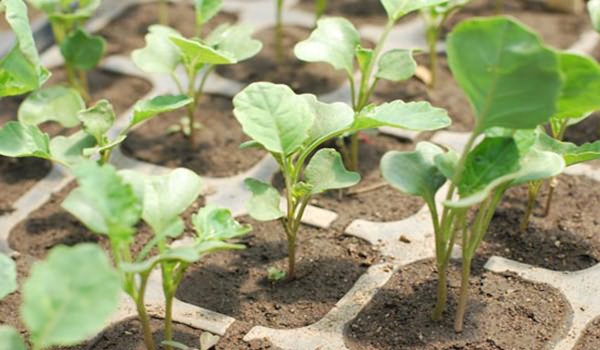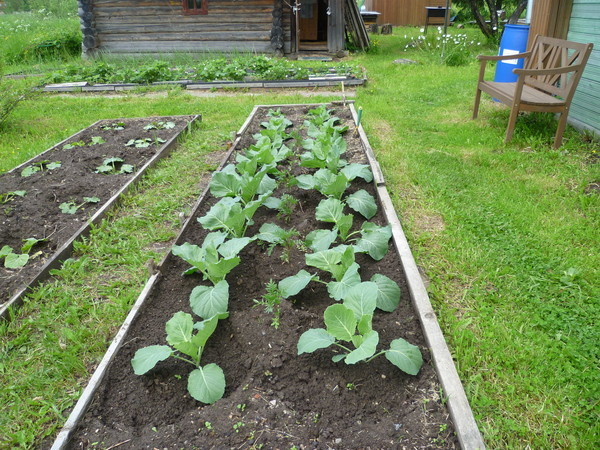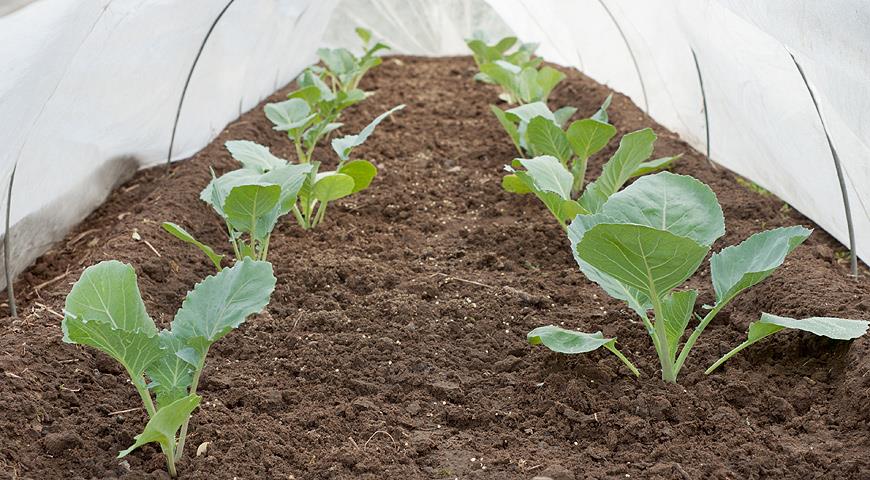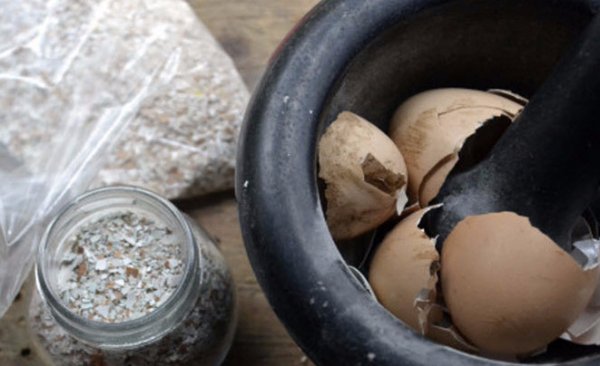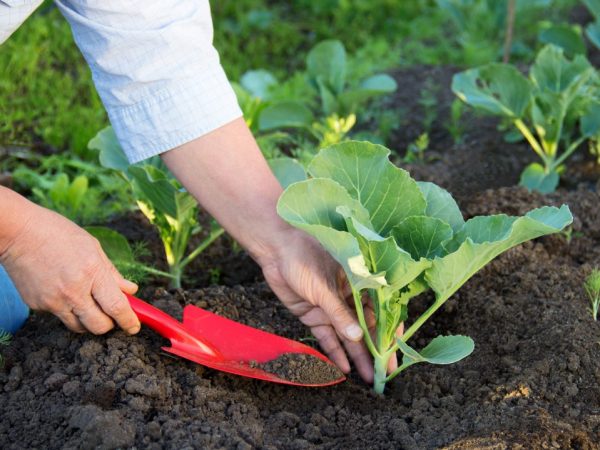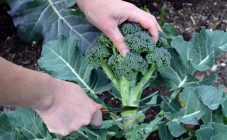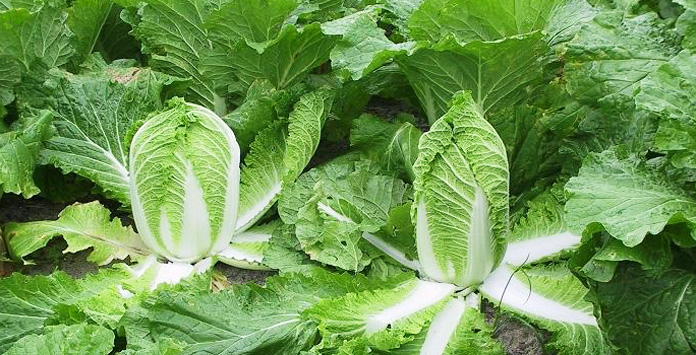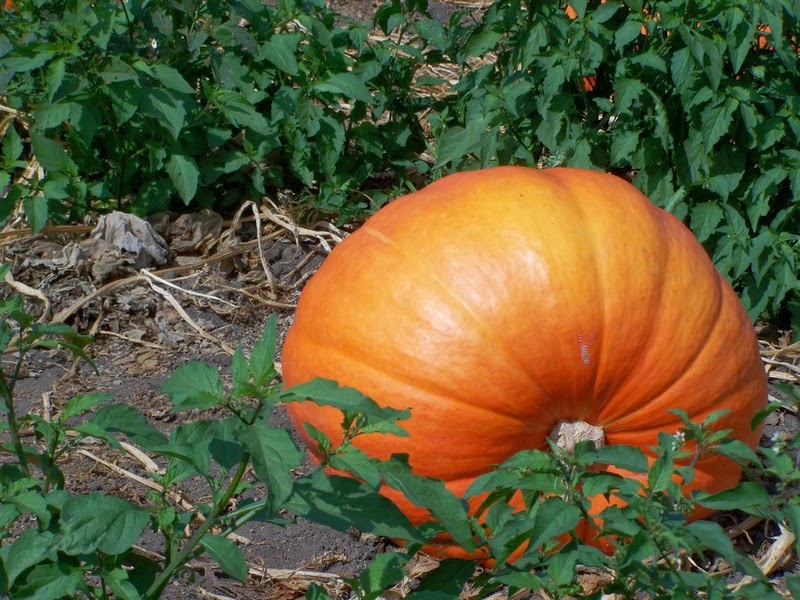Content:
A close relative of cauliflower, however, broccoli is considered a more useful vegetable in its composition. Like other varieties of cabbage, it can be eaten raw, boiled, stewed, used as a side dish, or added to savory baked goods. Unlike other varieties, broccoli can be frozen and canned. This product effectively fights ulcers, ensures optimal sugar levels, promotes hematopoiesis, protects eyesight, nerve cells, and strengthens the immune system. Therefore, it is not surprising that so many farmers are interested in broccoli cabbage, growing it in the country and in a greenhouse.
What does broccoli seedlings look like?
Externally, broccoli seedlings to a certain extent resemble beet seedlings. The leaves of the plant are bright green, oblong, but round and wide at the end. Serrated edges. 5-8 leaves grow on one bush. The stem is brown or light purple.
In the early stages of development, broccoli seedlings are very similar to white seedlings: a light green stem and green round leaves that taper towards the base.
Good neighbors for broccoli
Broccoli can not breed well with all vegetables. You can plant in a row with it: salad (various types), onions, beets, spinach, potatoes, dill, celery, Swiss chard.
When thinking about how to plant broccoli, do not forget that you cannot plant it along with beans and strawberries.
Landing features
In the open field
Broccoli lovers are often interested in how to grow this product in the garden. To begin with, it should be indicated that the plant can be transplanted at the age of 40-50 days. Up to this point, several leaves should have already developed on each cabbage bush. If the sowing of the seed took place in the second half of March, then the plant can fall under the open sky in the first or second week of May.
The best for this variety of cabbage is a dacha with neutral or slightly alkaline soil. The optimum pH is 6.5-7.5.
It is worth starting the preparation of the garden in the fall: dig it up and level it well. In the spring (2-3 weeks before the planned planting date), humus or compost is introduced into the soil. The optimal concentration of such organic fertilizers is 3 kg per square meter.
When thinking about how to plant broccoli, it is better to choose the morning hours for this process on a cloudy day. The holes themselves, advises more than one agricultural technician, it is better to dig out 1-2 days before that. Immediately before planting, the hole is watered with water (about 0.5 l). In addition to water, you can add nitroammofoski (6-7 g) there. Seedlings can be placed in the hole, either with a clod of soil or with bare roots. Having slightly compacted the ground around the plant, it is watered again (300 grams of water per bush).
An important question for all summer residents remains: at what distance to plant broccoli.The best option would be a distance of 30-35 cm between individual plants and another 50-55 cm between rows.
If frosts can still occur in the region, it is better to protect still very weak plants: cover them with glass jars or half a plastic bottle.
In the greenhouse
A greenhouse is a good option for growing beautiful broccoli seedlings, growing by seeds is also possible here.
Experienced gardeners suggest choosing broccoli varieties for greenhouse cultivation such as: Lazarus, f 1-Fiesta, Vitamin, Caesar, Continental, Tonus, F1-Monterey, Calabrese, Gnome and some others.
The correct sowing of seeds should take place in the second half of May - early June. Seedlings are planted 1 month (if the varieties are late) or 1.5 months (if early maturing varieties are used) before the date of transplanting into open ground.
The soil in the greenhouse on the eve of planting the plant must be well loosened and moistened. The sowing depth of seeds in the beds is about 5 mm. For planting seedlings, it will be enough to the same depth in which they were grown before transplanting.
The optimal distance for seedlings is 5 cm, for seedlings - 10 cm. In greenhouse conditions, care provides for periodic watering of the beds from a spray bottle and maintaining the temperature optimal for plants - + 10-15 ℃.
At home
When thinking about how to grow broccoli at home, owners should know that this is not so easy to do. An important condition is the correct preliminary preparation of the seeds. This can be done as follows:
- Fill a glass container with warm water (with a temperature of about 50-55 ℃) and lower the seeds there for 20-25 minutes, which will later have to be sown.
- The seedlings are removed and then rinsed with cool water. This is necessary to provide good immunity to the future plant.
- Proper disinfection. An ordinary potassium permanganate solution is also suitable for this.
- Soaking seeds in an infusion of wood ash (1 tablespoon per 1 liter of water). This is necessary in order to speed up the germination process and get a good harvest.
Before planting broccoli, you also need to properly prepare the soil itself. To get the most successful soil for the plant, it is recommended to mix in equal proportions: garden soil, peat, humus and clean sand. Disinfection will help to avoid the development of many plant diseases of the future harvest, including blackleg. It will be possible to neutralize bacteria with a warm solution of potassium permanganate or heating (up to about 150-200 ℃) the soil in the oven.
Home planting broccoli involves the following stages of work:
- Prepare separate containers for each future plant - pots or plastic containers. Fill them with prepared earth.
- Seeds are planted to a depth of 1.5-2 cm.
- For the seedlings to start successfully, they should be watered with water at room temperature.
- From above, the container is covered with plastic wrap to ensure the greenhouse effect.
An important feature of this broccoli propagation method is the storage conditions for seedlings. It is better to place containers with seedlings in a warm (+ 19-21 ℃), but dark place.
If everything was done correctly, you can see how broccoli grows within 7-12 days from the moment of sowing. After the appearance of the first shoots, it is better to reduce the temperature in the room to + 10 ℃, and after a week - to + 7 ℃.
Plant care
Broccoli doesn't need to be looked after in any special way.In the same way as other varieties of cabbage, the plant needs: weeding, hilling, loosening and pouring, top dressing.
Weeding should be done as carefully as possible so as not to harm the plant's root system. If there are few weeds, and they do not grow very close to the cabbage, then it is better not to touch such broccoli in the early stages of broccoli development.
The first hilling is carried out about a week after planting the seedlings, the second - 7-10 days after the first. This important agrotechnical measure is extremely necessary for maintaining moisture in the soil, protecting the roots from overheating.
Loosening will help the roots to germinate faster, and the plant itself will receive a sufficient amount of moisture and oxygen. You need to perform such a task several times during the season, for the first time - a week after disembarkation.
Broccoli doesn't require a lot of water. As a rule, you need to add it once every 6-7 days. If the air temperature exceeds 24-26 degrees Celsius, then you can do this more often. If the plant has little "drink", its tone becomes noticeably weaker: the leaves become flabby.
Top dressing will provide the owners with a particularly rich harvest. For the first time, such a procedure is carried out 12-14 days after planting broccoli. The best option as a top dressing will be organic fertilizers: bird droppings (diluted with water in a ratio of 1:20) or mullein (250 g per 10 liters of water). You can also add a teaspoon of any nitrogen fertilizer. Approximately 1 liter of fertilizer is used per square meter.
The second feeding should take place 20-22 days after the first. This time it is better to add superphosphate (30-35 g per 10 l of water), potassium sulfate (9-11 g per bucket). 1.5 liters of nutrient liquid are used per square meter.
Agricultural machinery by region
In outskirts of Moscow
As tips from experienced farmers on thematic forums make it clear, broccoli growing in the Moscow region should take place no earlier than in May. By this time, the plant can be sown in a greenhouse or at home.
Given the harsh conditions in the region, the plant bed should be prepared optimally in the fall. The site needs to be dug up, and the earth itself should be saturated with phosphate and potash fertilizers. Revealing their secrets of how to grow broccoli, some experts suggest adding powdered eggshells to the ground.
In the Leningrad region
Gardeners do not give special advice on how to plant broccoli in the Leningrad region. Since the area is dominated by a mild maritime climate, there is no need to protect broccoli in a special way. It is planted here in April. In this case, it is allowed to sow seeds directly into open ground. In the event that the summer is especially warm, the plant needs to be watered more often. There is no need to cover broccoli with foil for protection and quick germination in the Leningrad region.
In the Urals
Even in the capricious Ural weather and possible sudden temperature changes, broccoli seedlings germinate well. It is not recommended for summer residents to sow seeds at once in the open air. Still, in the Urals, you first need to strengthen the cabbage root system. You can plant a plant in this part of the country at the age of 5-6 weeks, when at least 4-6 leaves appear on the seedlings. You can expect broccoli ripening in the Urals 2-3 weeks later than in the Moscow region.
In Bashkiria
Since the climate of Bashkiria is temperate continental, but with cold winters and moderately warm summers, farmers advise to plant broccoli in the soil in early June. From the first days of May, it can be sown and grown in a greenhouse.
FAQ
How to grow the Fortuna variety
Fortuna cabbage can be grown both in a seedless way (sowing seeds) and through seedlings.This is a mid-season variety that can be tasted within 80-85 days after planting.
You can sow seeds in open ground after the ground is completely warmed up and the danger of frost has passed. The optimal period is the end of May. However, even then, farmers offer to cover the seedlings with spunbon or film.
How to tell the difference between broccoli and cauliflower
First of all, it should be said that both representatives of cabbage are annual plants, but they differ significantly in appearance. So, the first has a light green or dark green leaf color. The bush of the plant itself is quite high - up to 90 cm.The color variety has yellow particles and grows to a maximum of 70 cm.In contrast to broccoli, the colored inflorescences are not so dense, and in adulthood, its head, in contrast to the first variety, will look like a round ball.
Compared to cauliflower, broccoli does not require much maintenance and takes root much faster. It is not at all necessary to plant it in open ground, the plant develops well in greenhouse conditions, does not require a large amount of sunlight. But the colored variety is more capricious in this regard: it will not grow in the case of unsuitable soil. In addition, this species requires more heat - from + 15-18 ℃, does not tolerate frost and drought well.
In summary, broccoli is no more difficult to grow than other cabbage varieties. With a little effort, the summer resident will be able to fill his home with a high-quality and vitamin product that can solve many health problems.
